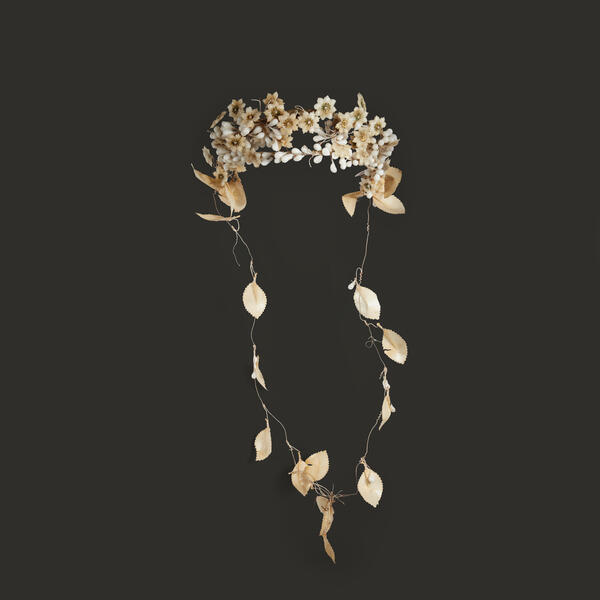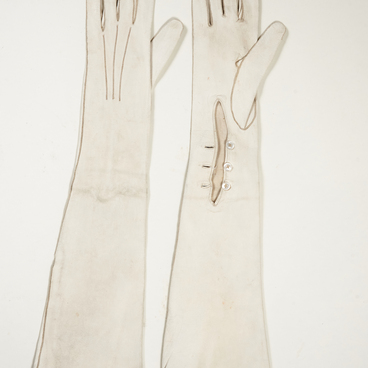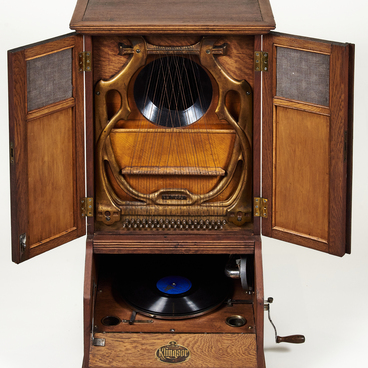Orange blossoms are the Seville orange flowers that were part of a bride’s wedding dress in different countries. They could be made into a wreath, used as a decoration for a dress, or be included in a wedding bouquet. The white orange blossom flowers symbolized purity and virginity. Presumably, the Saracens were the first to give this meaning to orange blossom. Saracens are the so-called Bedouins who lived on the Sirian border. There is also a legend that the fashion for wild orange flowers in Europe was introduced by Victoria, Queen of Great Britain, who married Prince Albert in 1840 in a veil decorated with orange blossoms and had jewels with elements of them.
Such flowers were quite expensive, so only wealthy brides could afford them. In addition, only a girl who was getting married for the first time had the right to wear such an accessory. In other cases, it was possible to use lilies of the valley or any other flowers.
Russian wedding fashion always kept up with the European one. In the 18th century, a wreath decorated with flowers already became an obligatory element of the bride’s headdress. However, Seville orange did not grow in Russia, and therefore orange blossom, as a rule, was made from artificial materials — most often from wax, as the museum collection example is.
The flowers were made of small wax seeds that were strung on a stalk of wire. Inflorescences served as a base for the wreath. It was completed by long braids of flowers that fell on both sides of the bride’s chest. Sometimes the wreath was additionally adorned with decorative elements made of paper or fabric. Beeswax products were valued for their delicate honey aroma.
According to the Russian wedding practice, it was also possible for the bride to present her guests with bonbonnieres — elegant boxes with sweets decorated with small bouquets of orange flowers.
Eventually, such wreaths appeared not only in the aristocratic environment. Wax was a cheap material, and the technique of making orange blossom was simple. Therefore, it gradually became part of the bride’s outfit in the peasant environment and was widely used until the middle of the 20th century.
Such flowers were quite expensive, so only wealthy brides could afford them. In addition, only a girl who was getting married for the first time had the right to wear such an accessory. In other cases, it was possible to use lilies of the valley or any other flowers.
Russian wedding fashion always kept up with the European one. In the 18th century, a wreath decorated with flowers already became an obligatory element of the bride’s headdress. However, Seville orange did not grow in Russia, and therefore orange blossom, as a rule, was made from artificial materials — most often from wax, as the museum collection example is.
The flowers were made of small wax seeds that were strung on a stalk of wire. Inflorescences served as a base for the wreath. It was completed by long braids of flowers that fell on both sides of the bride’s chest. Sometimes the wreath was additionally adorned with decorative elements made of paper or fabric. Beeswax products were valued for their delicate honey aroma.
According to the Russian wedding practice, it was also possible for the bride to present her guests with bonbonnieres — elegant boxes with sweets decorated with small bouquets of orange flowers.
Eventually, such wreaths appeared not only in the aristocratic environment. Wax was a cheap material, and the technique of making orange blossom was simple. Therefore, it gradually became part of the bride’s outfit in the peasant environment and was widely used until the middle of the 20th century.



